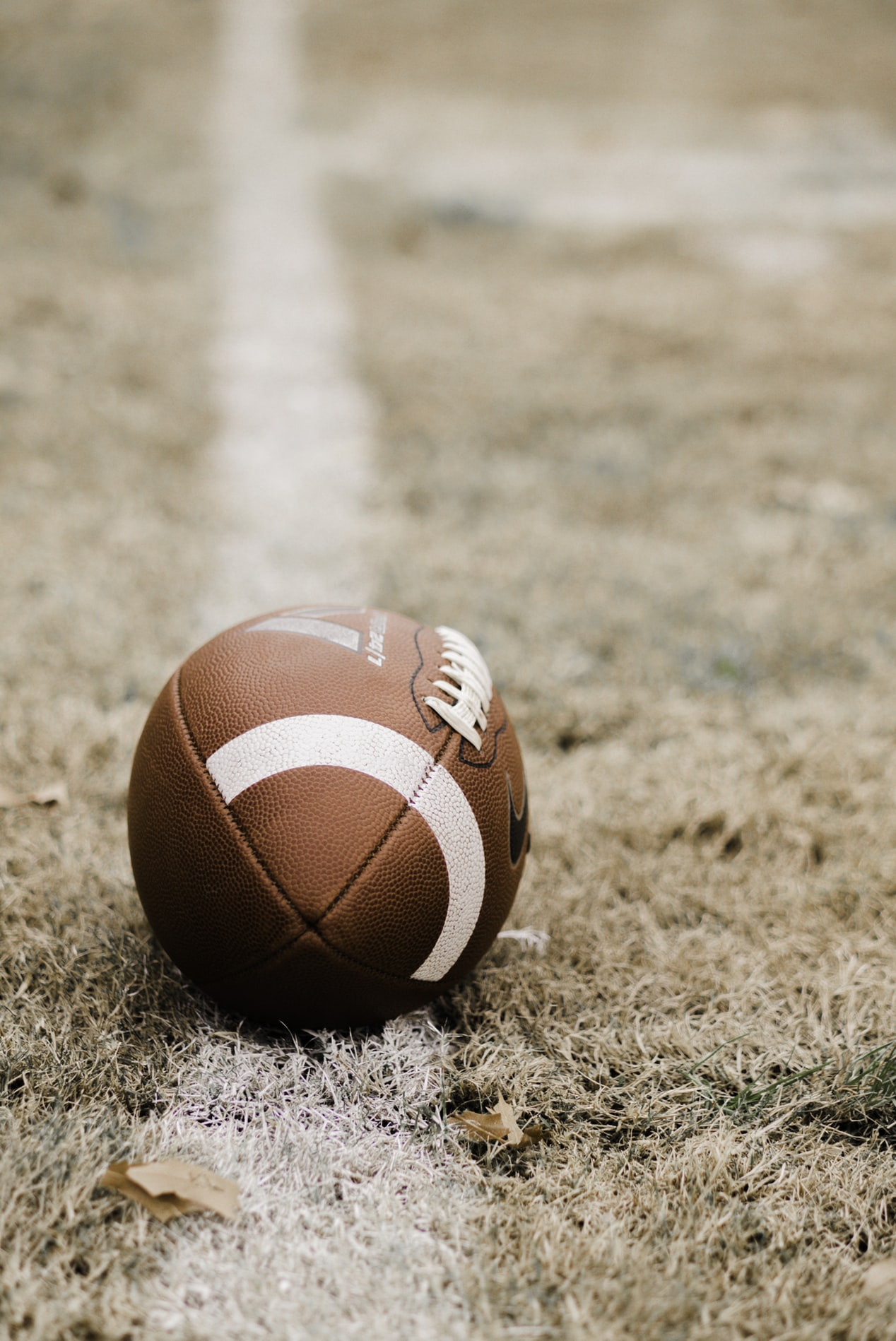
John Geagea (MBA ’21) examines how fan engagement is changing and what sports teams can do about it.
In 2018, Disney reported a loss of 2 million subscribers to its ESPN service. This was the latest in a precipitous fall in subscribers from a peak of 100 million in 2010 down to 86 million, a net 14% decline. The drop in subscribers confirmed that people were cord-cutting at an unprecedented rate, but the bigger question for me was: Have people stopped watching sports?
The argument for the emergence of the casual fan is a compelling one. Look at fans of previous generations. People were more likely to be born, raised, and live in the same town for most of their lives. In many industrial cities, sports teams were the main and only source of entertainment. It’s no surprise that some of the NFL’s most avid fan bases have their roots in cities with strong industrial ties such as Pittsburgh and Cleveland. For a compelling look at this phenomenon, check out the book Soccernomics (2014), which takes a deep dive into how past soccer success was rooted in industrial cities. No major European capital had won a Champions League title until 2012, as the center of power for so many years was found in traditionally industrial cities where fans found an identity and a sense of belonging in supporting their local clubs.
In today’s world, the “fans” that we described have changed. They are more mobile, less likely to live and work in the same city their whole lives, and have access to exponentially more information at their fingertips. Entertainment options are more diverse, meaning fans can look elsewhere for their fun. Where they were once die-hard fans of one team, they can now easily catch the highlights for many teams, and more importantly, they can watch their favorite players on different teams week in and week out.
Have changes in fan passion changed the demand for sports and watching sports games? I think the shift from die-hard to casual fans has not fundamentally changed the overall enthusiasm for sports.
What has changed is the attention span of the average viewer. Have you tried watching an NFL game end to end recently? The average game is roughly 3 to 3.5 hours long, with just 10 to 12 minutes of actual action. Twenty years ago, this may have been my best entertainment option, but today I’m too distracted to be a captive viewer for that long. The equation has radically changed, and the billions of sports dollars at stake means there is incentive for sports leagues to adapt to these new consumption patterns.
The increase in fan distraction extends to live sports action as well. My most salient memories of going to sports events as a kid include the sheer focus with which I seemed to watch every baseball, basketball, and football play. I go to that same game today, but my eyes flicker between my phone and the live action all evening. Sometimes—and this may sound crazy—I’m actually looking up statistics for the game I’m watching live! My point is that the disconnect in viewing habits applies to the live action experience, too. I challenge readers to ask their parents or grandparents what they’ve seen change most in the experience of attending a live game. I’d be shocked if the answer is anything but the price of the concessions.
To this point, I’ve argued that increasing fan transience, increasingly short attention spans, and relative stagnation of live viewing have all pushed fans away from enjoying play-by-play sports viewing in its purest form. The good news is that leagues are already working to address these needs.
On the digital side, leagues like the NFL have content-distribution pacts with YouTube, Twitter, and Snapchat to give “all access viewing” to their fans. Facebook has recently re-upped its agreement to stream NFL game recaps and provide the highlights that fans crave before they walk into work or class on Monday morning. Amazon has worked out a deal to stream Thursday Night Football broadcasts on Prime Video and Twitch.
On the live experience side, the NFL aspires to be a leader in Wi-Fi across all its stadiums. Fans seemingly want to be able to refresh the scores from other games, check their fantasy teams, and talk trash to their friends while also cheering on their own team. Teams continue to experiment with other ideas, such as integrating sports betting apps into the fan experience on-site. Some of the most optimism is around VR. This may be avoiding the issue altogether, but the thinking is that if we can’t bring the fan to the stadium, maybe we can bring the stadium to the fan. Imagine being at home and putting on VR goggles, only to be immersed in the real-time fan experience as the game ticks on.
Fan engagement will continue to evolve, probably at an even faster rate going forward, given how consumer preferences change so quickly. We should all embrace these changes and think critically of what could make the experience even better. Either that, or just turn back the clock and pony up the extra $300/month for that cable package, so you can tune into old SportsCenter highlights. The choice is yours.
 John Geagea (MBA ’21) graduated from the University of Pennsylvania in 2014. Prior to HBS, he worked in energy and consulting in Houston.
John Geagea (MBA ’21) graduated from the University of Pennsylvania in 2014. Prior to HBS, he worked in energy and consulting in Houston.


